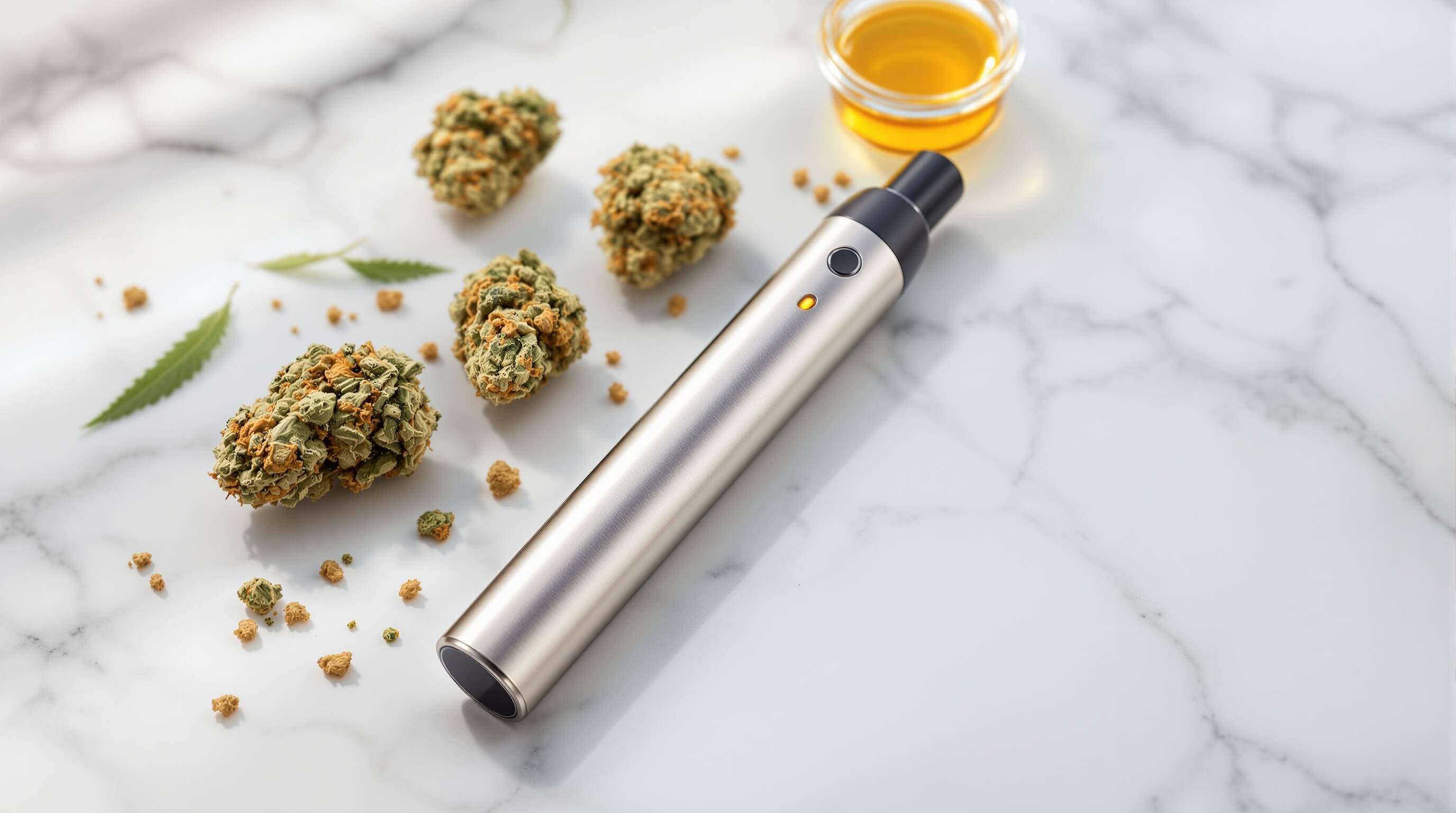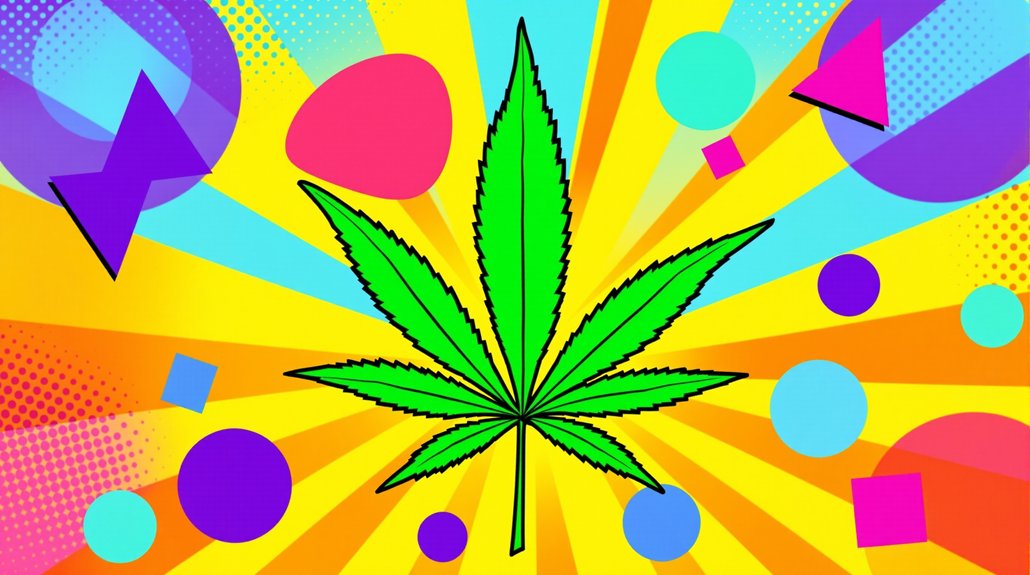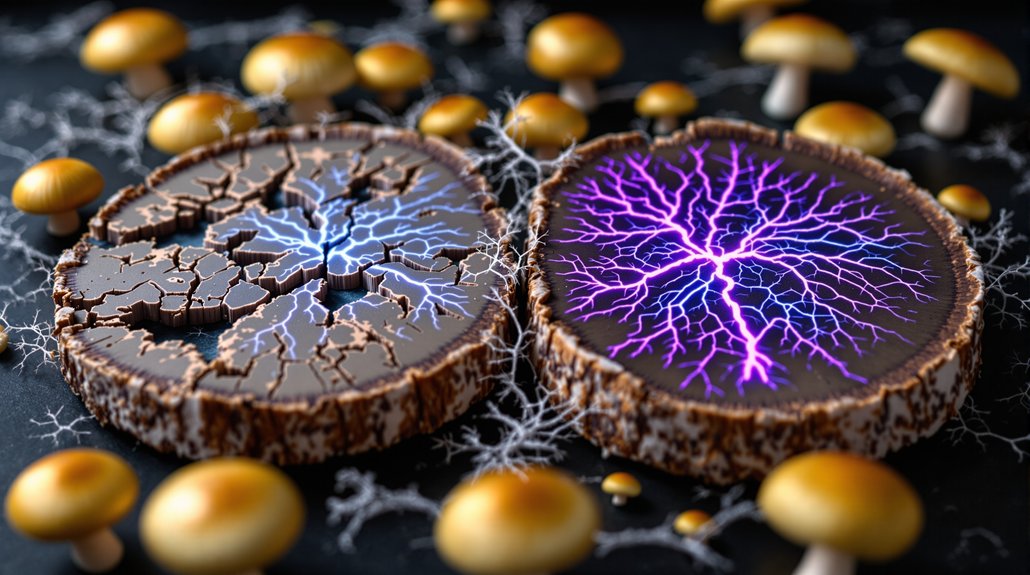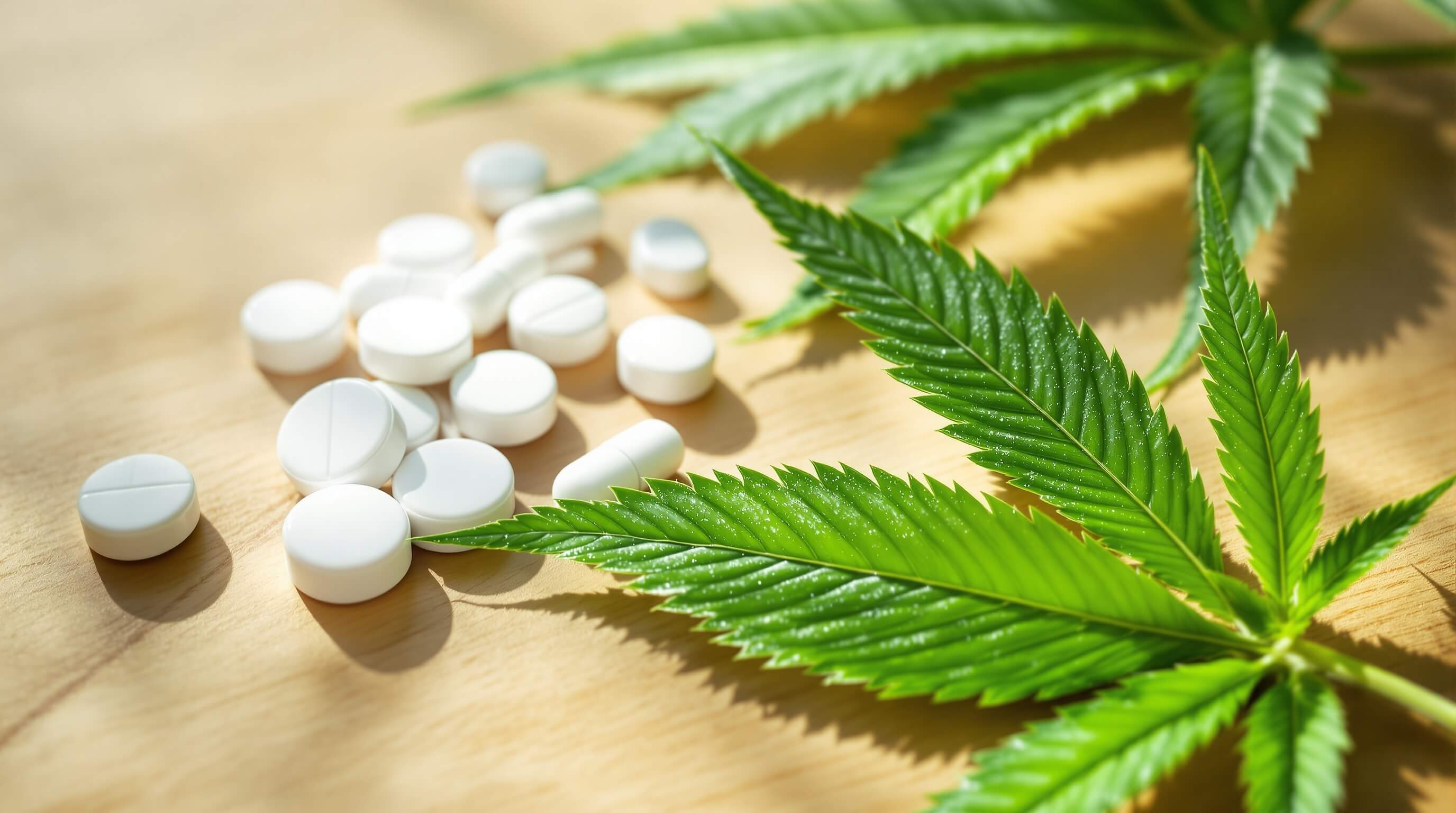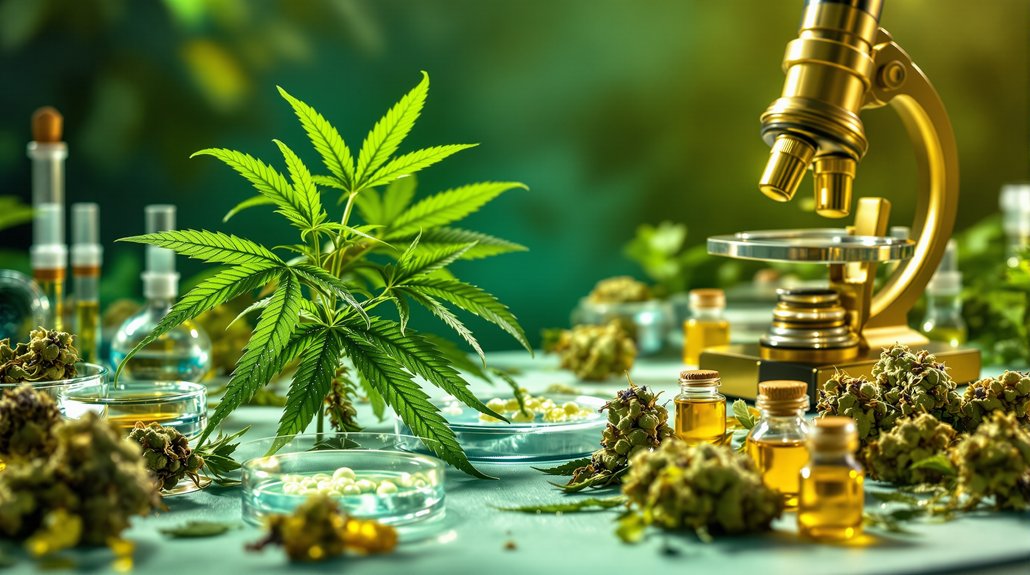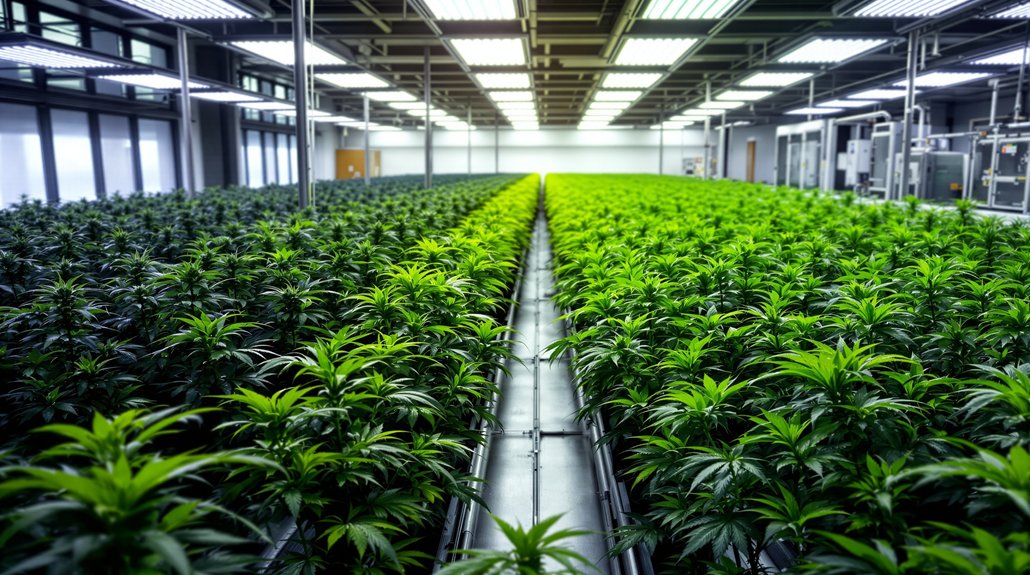The promise of rapid relief has long eluded migraine sufferers trapped in cycles of debilitating pain, but new clinical research suggests inhaled cannabis may offer a breakthrough. Double-blind, randomized trials led by UCSD have demonstrated that vaporized cannabis containing THC and CBD provides superior migraine relief compared to placebo, with effects beginning as early as 15 minutes and lasting up to 48 hours.
UCSD trials reveal vaporized cannabis delivers superior migraine relief within 15 minutes, offering breakthrough hope for trapped sufferers.
The clinical evidence is compelling. Participants experienced significant improvements in pain freedom and reduction of their most bothersome symptoms within two hours of inhalation. These benefits weren’t fleeting and persisted through 24 and 48-hour follow-ups, suggesting inhaled cannabis delivers both rapid onset and sustained relief.
Perhaps more importantly, the treatment tackled migraine’s notorious companions: photophobia, phonophobia, nausea, and vomiting all showed marked improvement.
Researchers evaluated various formulations ranging from 2.5% to 10% THC, with CBD concentrations reaching up to 12%. The standout performer combined 6% THC with 11% CBD, demonstrating superior pain relief over placebo. This isn’t one-size-fits-all medicine, though. Effectiveness and tolerability varied among participants, with no single dosage emerging as universally preferred.
The crossover trial design allowed each participant to test four different formulations against placebo, ensuring robust comparative data. Participants treated 4 separate migraine attacks with different treatments, providing comprehensive comparison across varying THC concentrations.
Real-world impact appears substantial. Participants saw their monthly migraine frequency drop from 10.4 to 4.6 episodes, nearly a 40% reduction. When added to standard therapies like amitriptyline, cannabis provided additional headache intensity reduction.
These aren’t isolated laboratory findings either. Nearly one-third of migraine sufferers have already experimented with cannabis, and surveys indicate many reduced their prescription drug use after finding relief. A comprehensive literature review involving 5,600 subjects further reinforced these findings, concluding that medical marijuana significantly reduces both migraine length and frequency.
Safety concerns, often the elephant in the room with cannabis research, proved minimal. No serious adverse events occurred during controlled trials. Mild-to-moderate side effects were reported but remained transient and comparable to placebo frequency.
Patients appreciated the convenience factor, which boosted treatment adherence which can be a persistent challenge with traditional migraine therapies.
The methodology behind these findings reflects rigorous scientific standards. Participants used portable vaporization systems to self-administer cannabis as early as possible during migraine onset. Pain and symptom assessments occurred systematically from 15 minutes through 48 hours post-treatment.
Results were presented at the American Headache Society meeting, with funding from the Migraine Research Foundation.
The proposed Schedule III reclassification of cannabis could significantly improve research opportunities for migraine treatments by acknowledging cannabis’s medical value while maintaining appropriate regulatory oversight.
While patient-reported outcomes show mixed results, 8.5% experienced very effective relief while 39% reported no change, the controlled trial data suggests inhaled cannabis represents a promising addition to migraine management.
The combination of rapid relief, sustained effectiveness, and minimal serious side effects positions vaporized cannabis as a potentially game-changing therapeutic option.
